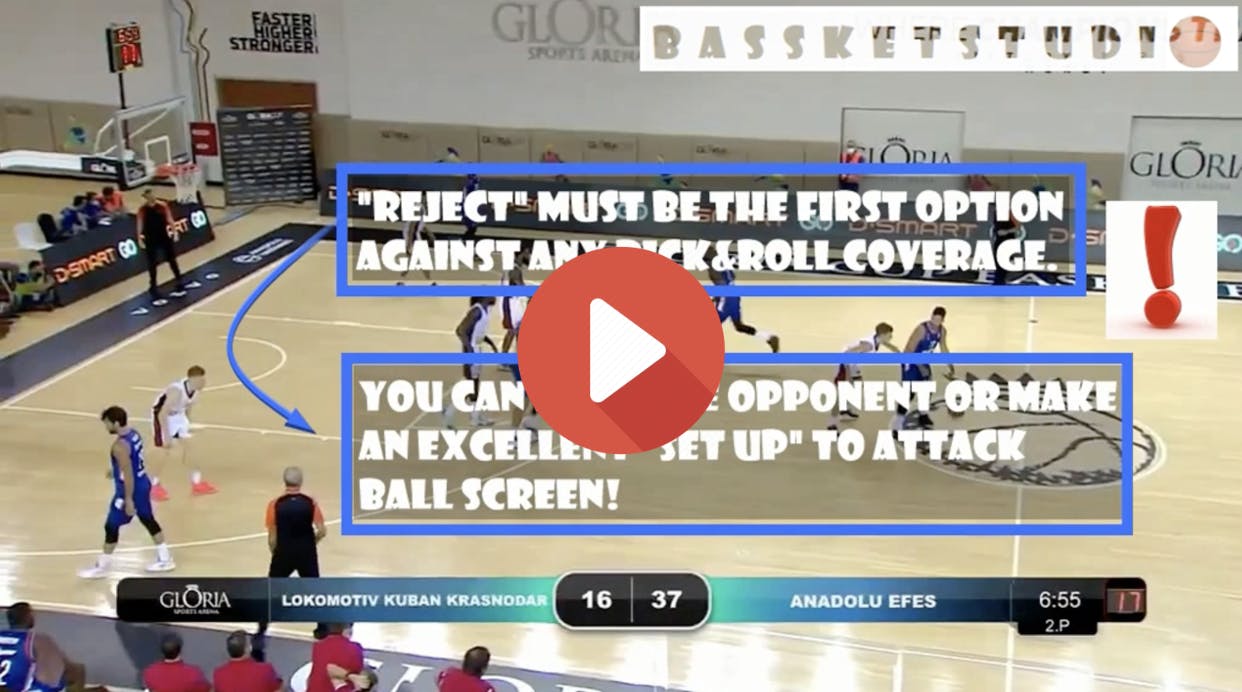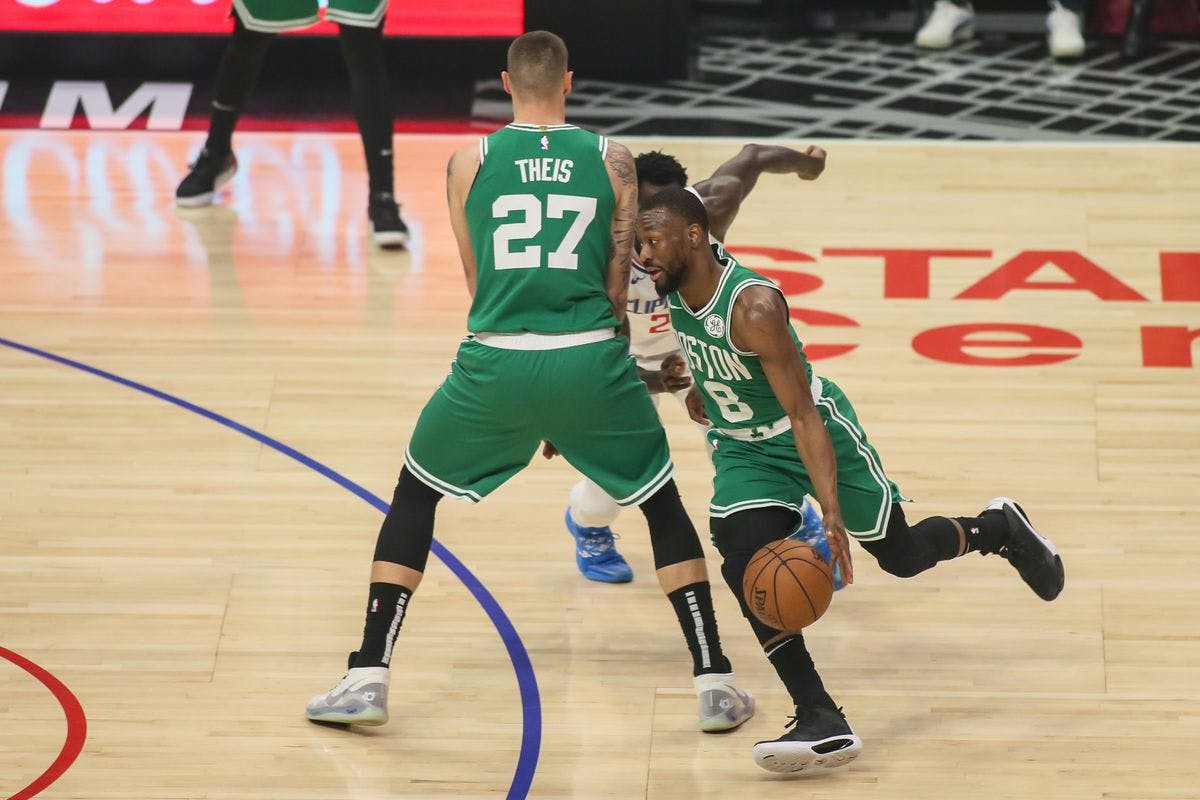How to Beat the Three Most Common Pick and Roll Coverages
- By Grant Young
The pick and roll is one of the most effective plays in basketball because it creates multiple options for the team on offense.
When executed properly, the pick and roll forces the defense to make quick decisions and adjustments. The player setting the screen can roll to the basket for a high-percentage shot, pop out for a mid-range jumper, or even shoot a three-pointer if left open. Meanwhile, the ball handler has the option to drive to the basket, pull up for a shot, or make a pass to the rolling player or to an open teammate on the perimeter.
This play puts tremendous pressure on the defense and requires precise communication and teamwork to defend effectively. All of these reasons explain why the pick and roll can be an extremely effective and lethal offensive tactic for any basketball team.
Teams often fail to fully utilize the pick and roll to their advantage for a variety of reasons. One is that some teams may not emphasize the pick and roll in their practice strategy, instead focusing on other plays or isolation sets. This lack of emphasis can lead to underutilization of the pick and roll as a primary offensive weapon. Plus, coaching and playcalling play a crucial role. If coaches do not prioritize the pick and roll in their offensive game plan or fail to teach proper execution, teams will not be able to fully exploit the potential of this play.
We understand that implementing the pick and roll to your own team’s game plan can be daunting. But once you understand a few key points about this strategy, you’ll realize why employing it should be a no-brainer.
Coach Luka Bassin’s ‘The ENCYCLOPEDIA of Pick and Roll - 101 ideas to attack different coverages’ course dives deep into different ideas on how to attack different pick and roll coverages.
Given Coach Bassin’s experience as a Slovenian coach who worked for high-level European teams and national teams (among others with Slovenia NT) as an assistant coach, head coach, or player development coach, he is better suited to explain the strategies to perfect your team’s pick and roll attack better than just about anybody else.
Attacking TRAP Coverage
“Trap” coverage is the most aggressive pick and roll coverage there is. It includes the primary defender being pressed up close to the ball handler, ideally pushing the player to get a screen and then going with him. The big man playing defense makes an aggressive show to the ball handler as high as possible (ideally right where the screen is set), intending to stop the creator’s offensive drive and get him to pass elsewhere, effectively ending the pick and roll.
But a great way to break this sort of coverage is by having the ball handler make a quick pass (likely a bounce pass) to the big man who is setting a screen for them as they roll, before the defending big can set all the way up from the screen. Once the big receives the pass, they will immediately look to the opposite corner, where the perimeter should be cutting into the paint.
Because the big man has vacated the post in order to trap the ball handler, this should leave the paint available for a short window. And if the opposing wing defender can get caught sleeping, this quick pass from the big man can create an easy layup and effectively defeat trap coverage.
Another key part of defeating the trap covering in the pick and roll is for the ball handler to keep their dribble alive, because as soon as the ball gets picked up then the press will become even tighter, and a jump ball will likely result.
Attacking UNDER Coverage
A defense’s “under” pick and roll coverage is when the primary defender of the ball handler goes under the initial screen (either under the big man or in between the gap between the offensive and defensive big men), which is typically used either during transition or when the ball handler isn’t a threat to shoot and make a three-point shot.
A great way to defeat this coverage is, with a speedy ball handler, just to attack the rim as soon as the defender goes under the screen. This typically requires them to take their eyes off the ball for a moment, which is enough time for a speedy ball handler to drive to the paint. And they’ll likely meet minimal resistance there because the defending big is up where the screen is set.
Of course, another great way to defeat this coverage is to have a ball handler who can confidently shoot and make three-pointers, because just one made three makes this coverage foolish to try again.
REJECT the screen as first option

Rejecting a screen is the most effective when used against an aggressive defender who jumps under the screen early. It’s a great option against teams who force ball handlers away from the screen, and is often used when there’s minimal help on the weak side.
The key to this scenario is to
catch the ball defender slipping, because when they’re told that a
screen is coming up, they are always going to be expecting and thinking
about how they’ll handle that screen. Adept ball handlers can
take advantage of this momentary mental lapse to drive to the other side
of the screen, pull up for a shot, or do something else that the
defender isn’t expecting to throw the pick and roll defense out of
whack.




No comments:
Post a Comment